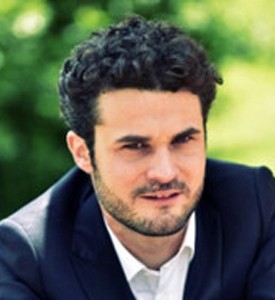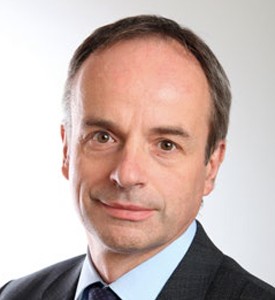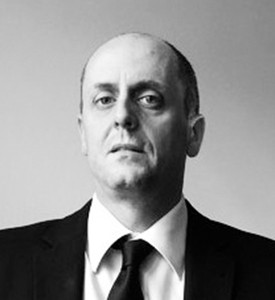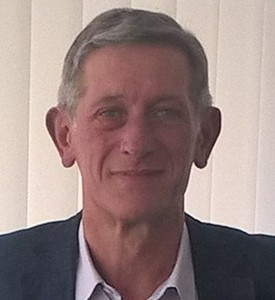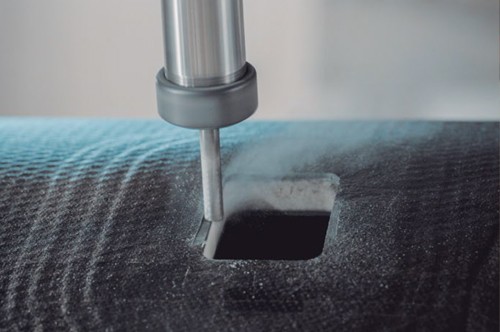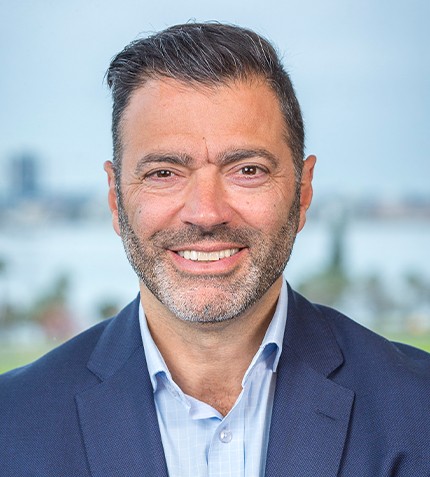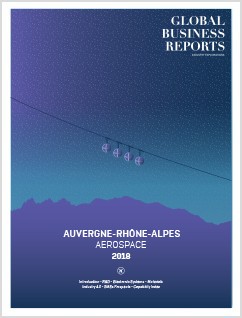
PUBLICATION
Auvergne-Rhône-Alpes Aerospace 2018
Globally famed for its beautiful landscapes, bountiful nature and rich cultural and commercial history, the Rhône-Alpes region was recently merged with Auvergne, positioning the region to be a new power economy. The region benefits from its geographical position providing access to the European market, strong talent pools with the network of specialised universities, innovation capabilities with major Research Centers, diversified and strong industry and above all, a high quality of life. The region’s president, Laurent Wauquiez, has set ambitious plans for growth in aerospace in particular, building on the presence of many global players already positioned here, including Michelin in its Clermont Ferrand headquarters since the 19th century, Constellium with its world-class Issoire mill and Lord’s recent arrival to manufacture in the region.
However, the drive for innovation is most evident amongst the region’s SMEs and universities that alone or via collaborations are producing innovative products in electronic systems, materials, MRO and beyond. As the SMEs shake up the sector with their lightweight, more efficient or time-saving solutions, many are also facing a challenge to meet the ramp-up demand from primaries which opens the doors for consolidation or internationalization often as a necessity to survive.




